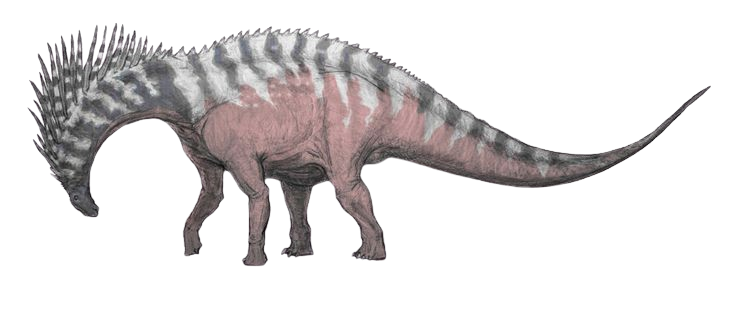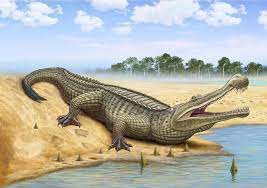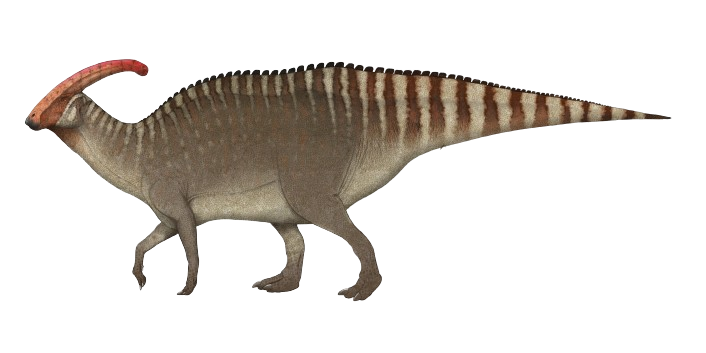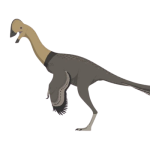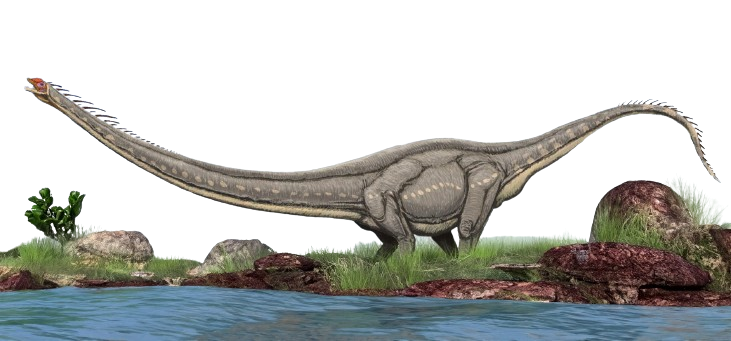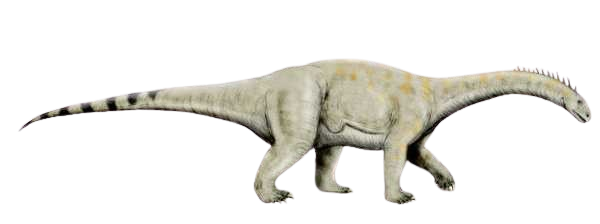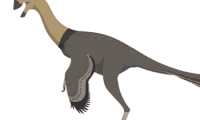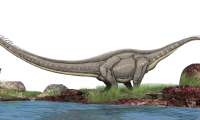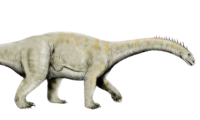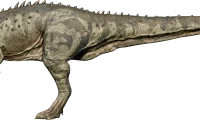margasaurus, a member of the sauropod family and closely related to the Argentinosaurus, holds a distinctive place in the annals of paleontology. Unlike some of its larger relatives, Amargasaurus was a comparatively diminutive sauropod, measuring a mere 33 feet in length. Despite its size, it left an indelible mark in the scientific community due to its unique feature: a double row of spines 🦴 along its back.
The purpose of these striking spines has been a subject of scientific inquiry and speculation. While initial assumptions leaned towards them being display structures, perhaps used for attracting mates, a closer examination reveals a more intriguing possibility. Both males and females of Amargasaurus possessed this double row of spines, dispelling the notion that they were primarily for courtship displays. Instead, it appears that these structures served a dual purpose: defense against predators and intraspecific combat ⚔️.
Amargasaurus inhabited the lush landscapes around the great canyon La Amarga in Argentina, where its fossils were discovered. Living in proximity to formidable predators such as the Tyrannotitan, these spines likely played a crucial role in fending off threats. Moreover, inter-species competition within the Amargasaurus territory could have led to aggressive encounters, making the defensive nature of these spines paramount.
As a herbivore 🌿, Amargasaurus sustained itself on a diet rich in plants 🌱. The manner in which it consumed vegetation suggests a potential adaptation for digesting tough plant material. Gastroliths, or stomach stones, may have been present in its digestive system, aiding in the breakdown of plant matter. This adaptation aligns with the broader understanding of sauropod feeding habits and their need for efficient digestion of fibrous 🌾 plant material.
Despite its smaller size, Amargasaurus demonstrated a remarkable adaptation for combat 🤺, emphasizing that even the more modest members of the sauropod family were not to be underestimated in their ability to protect themselves and their territory. In terms of intelligence, sauropods, including Amargasaurus, were not known for their high cognitive abilities, ranking among the less intelligent 🧠 dinosaurs. However, their prowess in combat situations showcased a different aspect of their evolutionary development.
With its double row of spines, Amargasaurus serves as a fascinating example of the multifaceted adaptations that dinosaurs developed for survival. Its small stature did not diminish its significance, as it navigated the challenges of its environment with a unique blend of defensive weaponry and dietary adaptations. The study of such dinosaurs sheds light on the diverse strategies employed by different species to thrive in ancient ecosystems.


